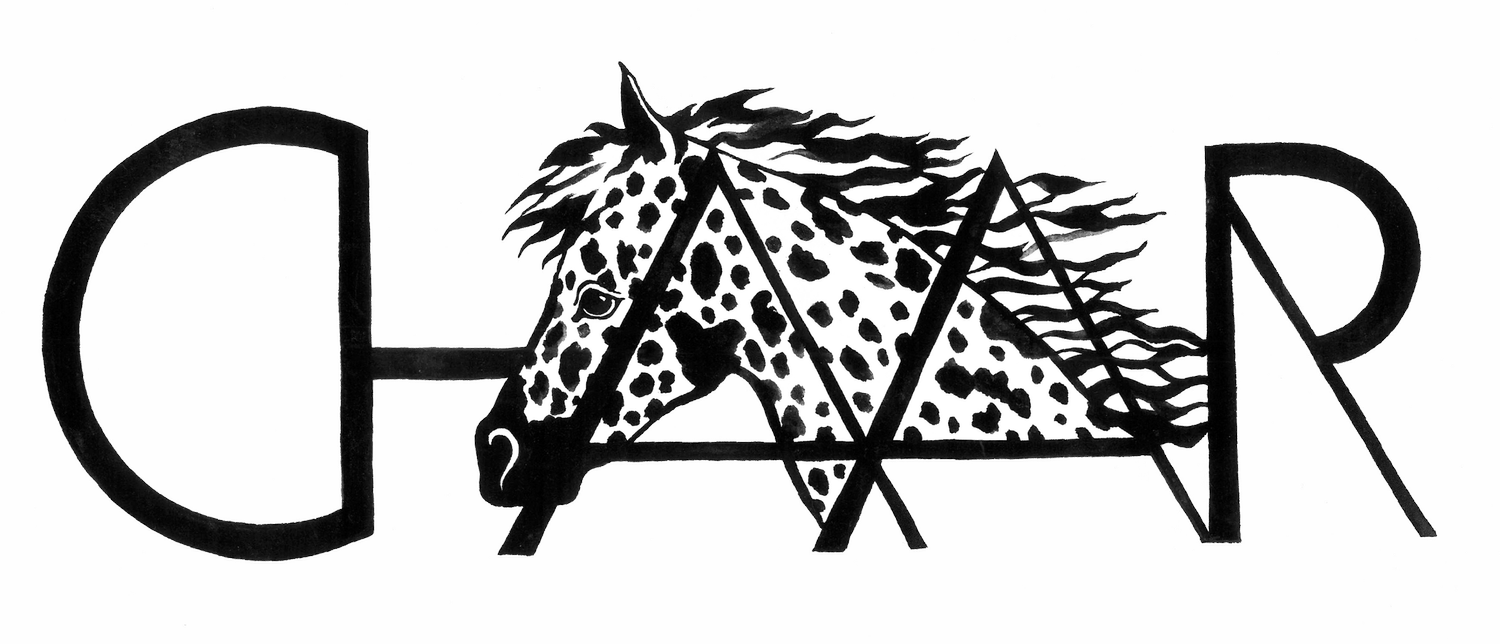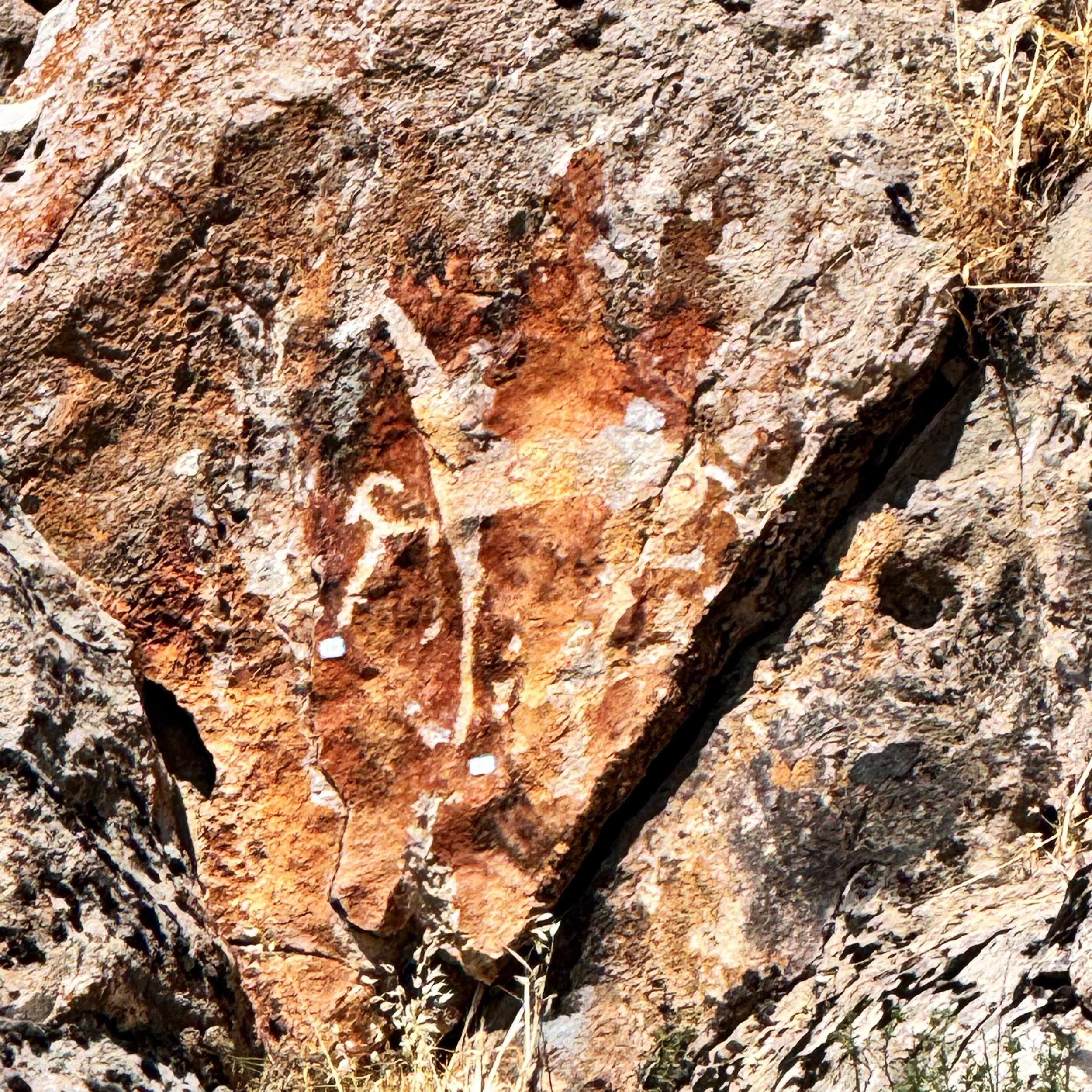Heavenly Horses and the Spotted Chaar: A Connection Through the Ages
At Chaar Appaloosa association we are dedicated to preserving the unique spotted Chaar horse — a living embodiment of the ancient equestrian heritage of Central Asia. Today, we explore the mysterious legacy of the so-called Heavenly Horses, their reflection in ancient petroglyphs found in southern Kyrgyzstan, and their possible connection to the Chaar breed, which may have played a role in the development of famous eastern horse lines.
Heavenly Horses: Myth, History, and Trade
In the 2nd century BCE, China’s ambitious Emperor Wu of the Han Dynasty (Han Wudi) became obsessed with acquiring what he called the “Heavenly Horses” (Tianma) — animals so powerful and noble that legends claimed they sweated blood and descended from the gods. Believing that such steeds could grant his armies unmatched speed and dominance, Wu Di launched a series of diplomatic and military missions westward to obtain them.
These campaigns, known as the War of the Heavenly Horses, were aimed at a distant region called Dayuan, believed to correspond to the Ferghana Valley. After a series of conflicts and negotiations, a small group of prized horses was finally brought to China — an event that significantly influenced Chinese cavalry breeding and opened the gates for deeper contact between China and Central Asia along what would become the Silk Road.
Yet while the Ferghana Valley became known in records as the source of these heavenly steeds, it is unlikely that they were bred in the lowland valley itself. The hot, humid climate is poorly suited for horse breeding. More plausibly, the horses came from the high mountain pastures surrounding the valley, where nomadic cultures raised strong and refined horses in ideal conditions — and brought them down to Fergana for trade. Thus, Fergana was not the birthplace, but the marketplace of the Heavenly Horses.
Ancient Petroglyphs and the Silhouettes of the Past
Scattered across the hidden mountain valleys of southern Kyrgyzstan are ancient petroglyphs — striking rock carvings that depict noble, slender horses in dynamic poses. Dating back to the 5th–2nd centuries BCE, these images suggest that the horse held deep spiritual and social significance among the region’s early cultures.
Many of these carved horses show anatomical features that resemble modern Akhal-Teke horses — refined limbs, elongated necks, and elegant postures. These visual parallels support the idea that a proto-eastern riding horse type, which later contributed to breeds like the Akhal-Teke, already existed in Central Asia over 2,000 years ago.
This artistic evidence, aligned with the timeline of Emperor Wu Di’s expeditions, reinforces the notion that the mountains of Central Asia were home to the legendary horses sought after by empires.
The Sacred Spotted Chaar
Among these ancient equine lineages stands the spotted Chaar — a horse treasured in Kyrgyz folklore. Known as “five-colored” or sacred horses, the Chaar were said to protect their riders and carry the spirits of the sky. Legends speak of these mares being bred with wild stallions to produce extraordinary foals, echoing the very tales that surrounded the Heavenly Horses.
The Chaar’s striking spotted coat and strong adaptability suggest that they descend from ancient stock — horses shaped by generations of selective breeding in the mountains and steppes of Central Asia. Though a direct genetic connection to the Akhal-Teke or Tianma horses has not yet been scientifically confirmed, the visual, cultural, and geographic continuity makes the Chaar an important living link to this heritage.
Preserving a Living Legacy
The Chaar are not merely a rare breed; they are a living bridge to the past — echoing the petroglyphs carved into stone, the ambitions of emperors, and the spiritual traditions of nomadic peoples. By protecting the Chaar, we preserve both a unique genetic lineage and a cultural story that has spanned continents and centuries.
Join Our Mission
Supporting Chaar Appaloosa association means helping to preserve the legacy of the Heavenly Horses — symbols of freedom, endurance, and sacred beauty. Learn more about the Chaar, their story, and our mission to keep this heritage alive for future generations.
Together, we can ensure that the spirit of the Heavenly Horses continues to gallop across the heart of Central Asia!







